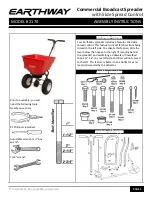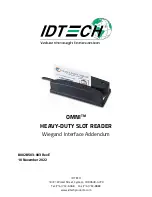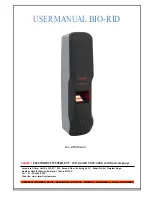
15
FERTILIZER CALIBRATION
General Factors That Affect Spread Patterns:
Fertilizer Size and Density
– Large, dense particles will be thrown further than
finer materials with lower density. Even after un-sized fertilizer has been thoroughly blended,
there will be some segregation during the spreading.
Size is more important than density in determining the distance a particle is thrown. For
example, granular urea is less dense than potash or phosphate materials, but it has a larger
particle. In most cases when spreading a blend, a higher percentage of urea will be found on the
outer edge of the spread pattern.
Driving at an interval to obtain a 100% overlap will minimize the effect of segregation (See
Diagram A).
Diagram A
Application Rate and Ground Speed
– These two factors combine to produce a
flow rate. Drivers should avoid situations where both factors are high. As application rate is
increased, ground speed should be lowered accordingly. When both ground speed and
application rates are high, too much material is delivered to the spinner. When this happens the
material will dribble off the spinners instead of being thrown, causing a heavy swath directly
behind the spreader. Generally, the best spread patterns are obtained when a spreader is operated
at 5-10 mph.
Driving Interval
– Variations in material being spread will change the swath width of
any particular spreader. Diagram B shows the effect of driving interval on the fertilizer
distribution across the field. The Cricket is designed to run on a 30-40 foot swath spreading lime
and approximately 50 feet spreading blended fertilizers. You can vary the swath widths as you
become familiar with it and run your particular types of materials.
Summary of Contents for BBI Cricket 50
Page 1: ...Owners Manual ...
Page 27: ...27 PARTS DIAGRAM ...
Page 28: ...28 PARTS DIAGRAM ...
Page 30: ...30 Hydraulic Plug To Tractor Spinner System ...
Page 31: ...31 Hydraulic Conveyor System ...
















































